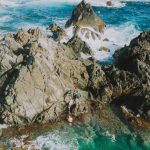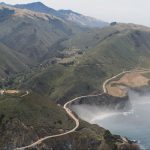It's easy to stay on the move when on vacation
Ian Stalker
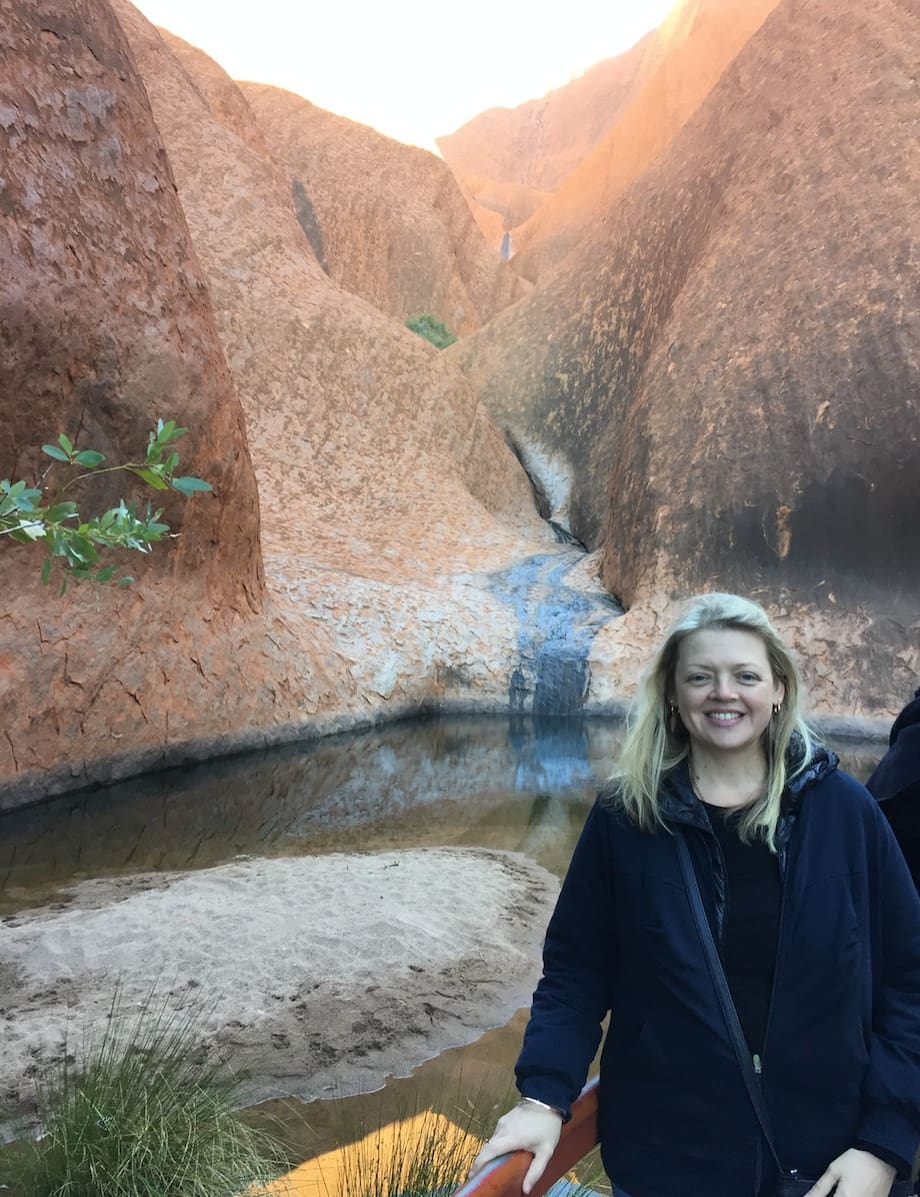
Meg Boyd
Goway
Meg Boyd suggests tourists wanting to see interior Australia’s most dramatic landmark cycle along a rock-y road.
Or path to be more accurate.
Goway employee Boyd says self-guided bicycle tours around the base of Uluru — the massive monolith once known as Ayer’s Rock — is a great activity for most travellers, with the path around Uluru made of packed earth, 15 kms long and easily navigated.
“It takes most people 2 to 2.5 hours to do the journey and 3 hours is allowed,” she reports. “The bikes are comfortable and use of a helmet is compulsory. It can get very hot at Uluru and the sun can be super intense — tours leave at 9 am in the morning and are finished by noon to avoid the hottest part of the day, but all participants need to bring plenty of water, sunscreen and appropriate clothing.
“Uluru is amazing, there is a lot to see when exploring the base of this monolith on a bicycle, it is a great way to connect with the rock and learn its stories. The scenery is very diverse, and it changes as you travel around the rock. Expect to see rock art, the Mititjulu Waterhole, ancient caves where the traditional Indigenous landowners once camped and amazing rock formations. There are opportunities to see wildlife such as wallabies and birds — although not guaranteed. It is also a place to spot native bush tucker.

“It’s a place that is uniquely Australian, and a special way to learn and understand some of the Indigenous history and culture that is so important — it is the oldest living culture in the world. There’s no place like it.”
Australia native Boyd says Central Australia provides a clear contrast to Australian coastal areas.
“It’s hot, it’s red, it offers history and wildlife and unique desert experiences,” she states. “As well as cycling, you can experience many exciting experiences — sunrise over Uluru by camel anyone? Gourmet dinner in the desert? Explore the Field of Light at sunrise or sunset? These are amazing outdoor experiences purely designed to both entertain and enhance anyone’s vacation to Australia. Yes — it can be hot but it is worth it. Experiencing this, along with time on one of our gorgeous beaches or islands, makes a truly unforgettable Australian vacation.”
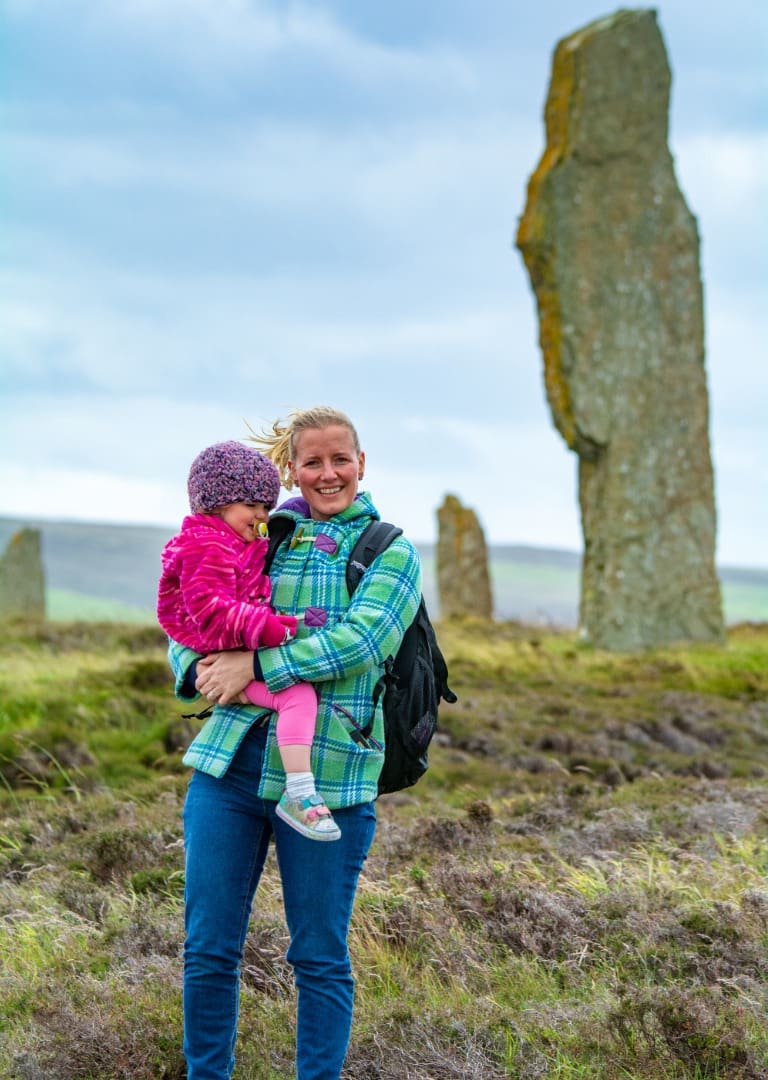
Cedar Swan
Adventure Canada
Adventure Canada may be entitled to share some of the credit if the Labrador community of Nain someday produces a Mario Lemieux, Bobby Orr or Wayne Gretzky.
The company, known for its northern cruises, has for the last 10 years been a supporter of not-for-profit organization Project North, which last year donated $25,000 worth of hockey equipment to youth in Nain, a community found in the region of Nunatsiavut.
“Adventure Canada has been a supporter of Project North from day one,” says Adventure Canada’s Cedar Swan. “Each summer one community is selected on our sailing schedule (for us) to deliver a full team set of new hockey gear. We work with the communities visited to determine their needs and wants. Adventure Canada provides logistical, in-kind and sponsorship support to Project North. We support fundraising throughout the year with expedition donations and we raise awareness and fundraise onboard select expeditions for the charity. We provide the transportation of the gear and organize and facilitate the distribution onsite. I also sit on the board of directors.

“In 2019 Nain, Nunatsiavut, was selected. It had been five years since our last donation to the community. The community is home to approximately 1,200 people. Sports are an important element of community life. A new arena was a primary reason for the donation in 2019.”
Swan says the donation was greatly appreciated by Nain, particularly the youth who received the gear. They were further delighted when Adventure Canada’s guests fundraised an additional $5,000-plus to help with travel costs in an upcoming tournament.
Swan makes it clear that helping Nain youngsters develop hockey skills won’t be anywhere near the end of Adventure Canada’s altruistic endeavours.

“Our intent is to continue supporting an annual donation,” she reports. “It should be noted that Project North provides a number of other donations throughout the year, averaging between 2 to 4 annually, through the ongoing support of Scotiabank and Canadian North. We have also taken the Stanley Cup across northern Canada — this is always a huge community event.”

Lessner Gomez
Cuba Tourist Board
Lessner Gomez wants to make it crystal clear that his homeland is a great place for underwater exploration enthusiasts in search of great visibility.
Gomez, who heads the Cuba Tourist Board’s Toronto office, says Cuba has a seemingly endless number of choices for those who enjoy scuba diving.
“Cuba is an important scuba diving destination in the Caribbean,” Gomez says. “Cuba is an archipelago made up by about 4,000 islands with an exceptional diversity, these islets are surrounded by coral formations which are very important to the scuba diving buffs because they are protected against strong sea currents and the horizontal visibility is more than 30 meters in a clear, warm and unpolluted water.
“Because the insular shelf is broad, this area is on the border of the tropical zone and the water is relatively shallow, with temperature ranges between 24 and 28 degrees Celsius all year round. Diving centers in Cuba offer both day and night dives to depths of up to 40 meters in coral gardens containing caves, vertical walls, tunnels, escarpments, narrow channels, wrecks, and other attractions.

“Yes, scuba diving is quite popular in Cuba and we receive lots of divers from around the world.”
Gomez says Cuba “embraced the new normal” in tourism on Oct. 19 and everything is open except the provinces of Sancti Spiritus and Ciego de Avila. The country has 40 scuba diving centers along its coasts and over 1,000 diving sites offering access to what he labels “truly spectacular underwater scenery.”
He says Cuba has plenty of great diving locales, with Jardines de la Reina topping the list and Maria la Gorda in Pinar del Rio, Cayo Largo and Playa Giron also being “excellent. On the north coast the best ones are Santa Lucia (in Camaguey province) and Holguin.”
Meanwhile, Gomez has a message for the world’s divers.
“Come to Cuba, we are open, all the safety protocols are in place, and Cuba is a safe place,” he says.

Simon Walsh
Dominica Water Sports Association
Divers who explore local waters will be rewarded, he says, adding among other things they’ll find “awesome” reefs.
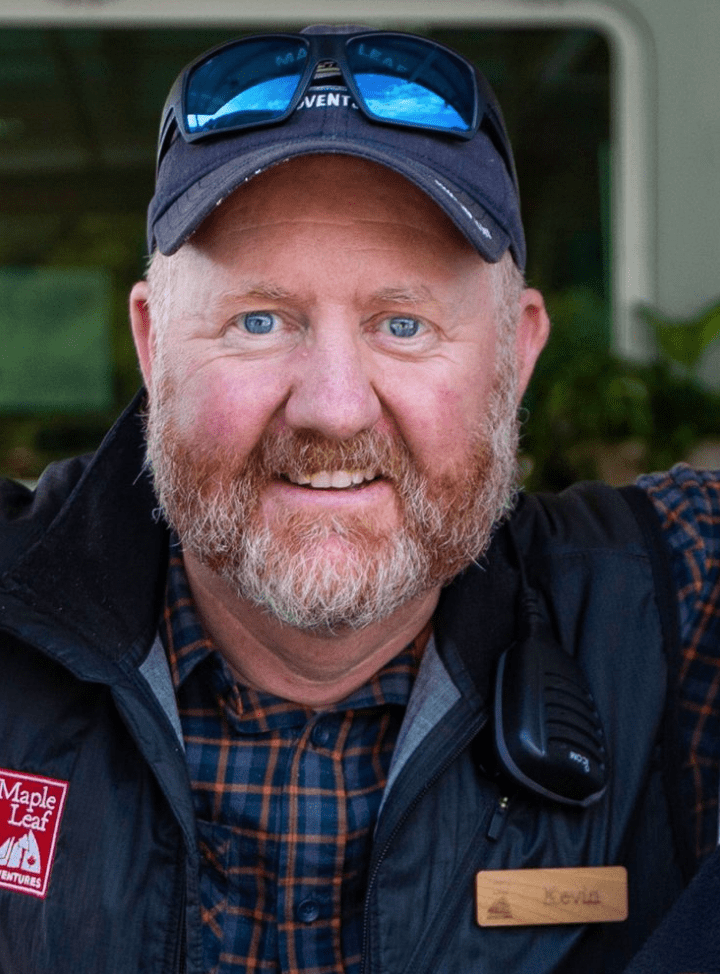
Maureen Gordon and Kevin Smith
Maple Leaf Adventures
If anyone thinks the B.C. coast is looking a little more pristine these days they might want to thank Maple Leaf Adventures.
The company, which has cruises along that coast in smallish vessels that carry up to 24 passengers, used the coronavirus shutdown to take part in a summer cleanup that gathered 127 tonnes of debris that had washed ashore on coastal B.C. beaches and in doing so helped make B.C.’s shores more attractive to those who enjoy viewing Mother Nature at its finest.
Maureen Gordon and Kevin Smith, the co-owners of Maple Leaf Adventures, noted during a recent webinar that much of that gathered during the Marine Debris Removal Initiative would have ended up as microplastics in the Pacific Ocean, with microplastics proving to be a huge problem for that waterbody.
Maple Leaf Adventures 2021 season will see it offer clients a choice of the Cascadia catamaran, which is capable of carrying 24 passengers; the Swell, able to carry 12 passengers; and the Maple Leaf, which can carry eight, prompting the company to say their sailings offer “high value, low numbers.”
 Among 2021 itineraries is Northern Escapes, a five-day itinerary to the Great Bear Rainforest, home to the likes of whales, grizzly bears, wolves and eagles. The company is confident it will be able to operate safely next year.
Among 2021 itineraries is Northern Escapes, a five-day itinerary to the Great Bear Rainforest, home to the likes of whales, grizzly bears, wolves and eagles. The company is confident it will be able to operate safely next year.
The company adds that it works closely with area First Nations.
Sailings have a casual ambiance, with Smith saying it’s “all about wearing Goretex.”
Meanwhile, Smith and Gordon are confident that this summer didn’t see the end of Maple Leaf Adventures efforts to create a cleaner coastline.
“It was so enriching…,” they say, adding their crews are “super keen” to pitch in again.
“Were going to go out and clean up more coast.”
For more on the Marine Debris Removal Initiative, read this Travel Courier story.








